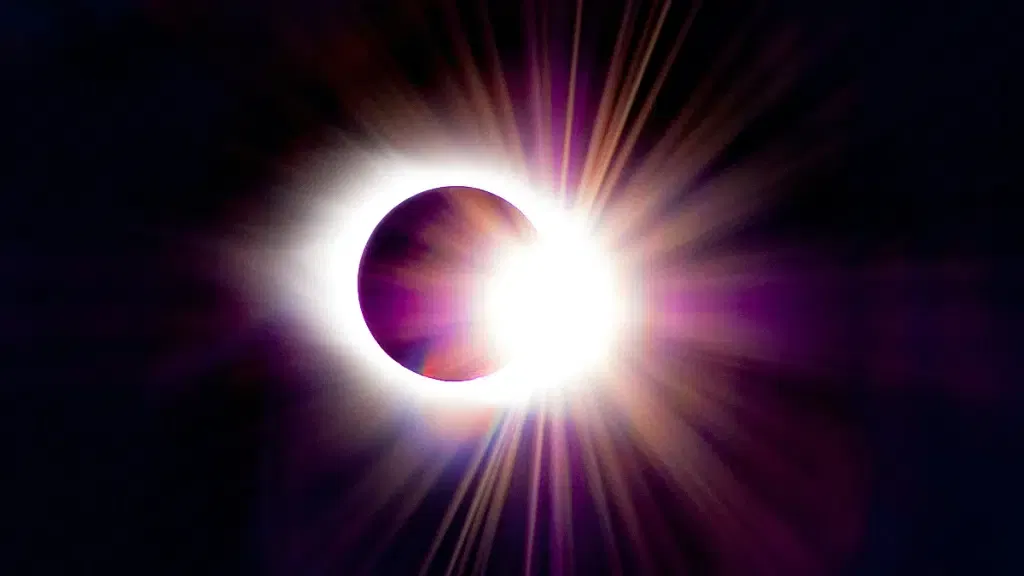
The recent solar eclipse produced some weird and magnificent sights and sounds, including otherworldly shadows.
The celestial occurrence in April was the last to be seen in the United States in 20 years, so people rejoiced by gathering in their front yards and marveling into the sky. However, not everything worth viewing existed in the cosmos.
The lunar shift also resulted in intriguing projections on buildings, grass, and pavement. Some of the projections resembled tiny crescent moons or rings. They occurred because leaves functioned as pinhole cameras, projecting an image of what was happening in the sky onto the ground.
During a solar eclipse, the gaps between leaves on trees act as multiple pinhole cameras,
and each gap projects its own crescent-shaped image of the eclipsed sun onto the ground.
?gottigreen
pic.twitter.com/PHLwhslMZu— Science girl (@gunsnrosesgirl3) April 8, 2024
Leaves constantly create images of the sun on the ground. On a normal day, you can see bright circles filtering through the shade of trees. We’re so used to seeing those shapes that we often don’t notice them.
During an eclipse, the light from our star becomes more focused. So, whereas conventional projections are a touch hazy, eclipse projections are sharper with more defined lines.

Other people saw shadow bands during the total solar eclipse. These resemble wavey, watery pictures that appear on flat surfaces. Shadow bands are more difficult to explain—if not impossible. Scientists believe they are created by turbulence in Earth’s atmosphere, which causes the stars to twinkle, however this notion has not been verified.
On April 8th, scientists launched various experiments in hopes of solving the enigma of shadow bands. So we may have an answer by the time the United States experiences another total solar eclipse.

















